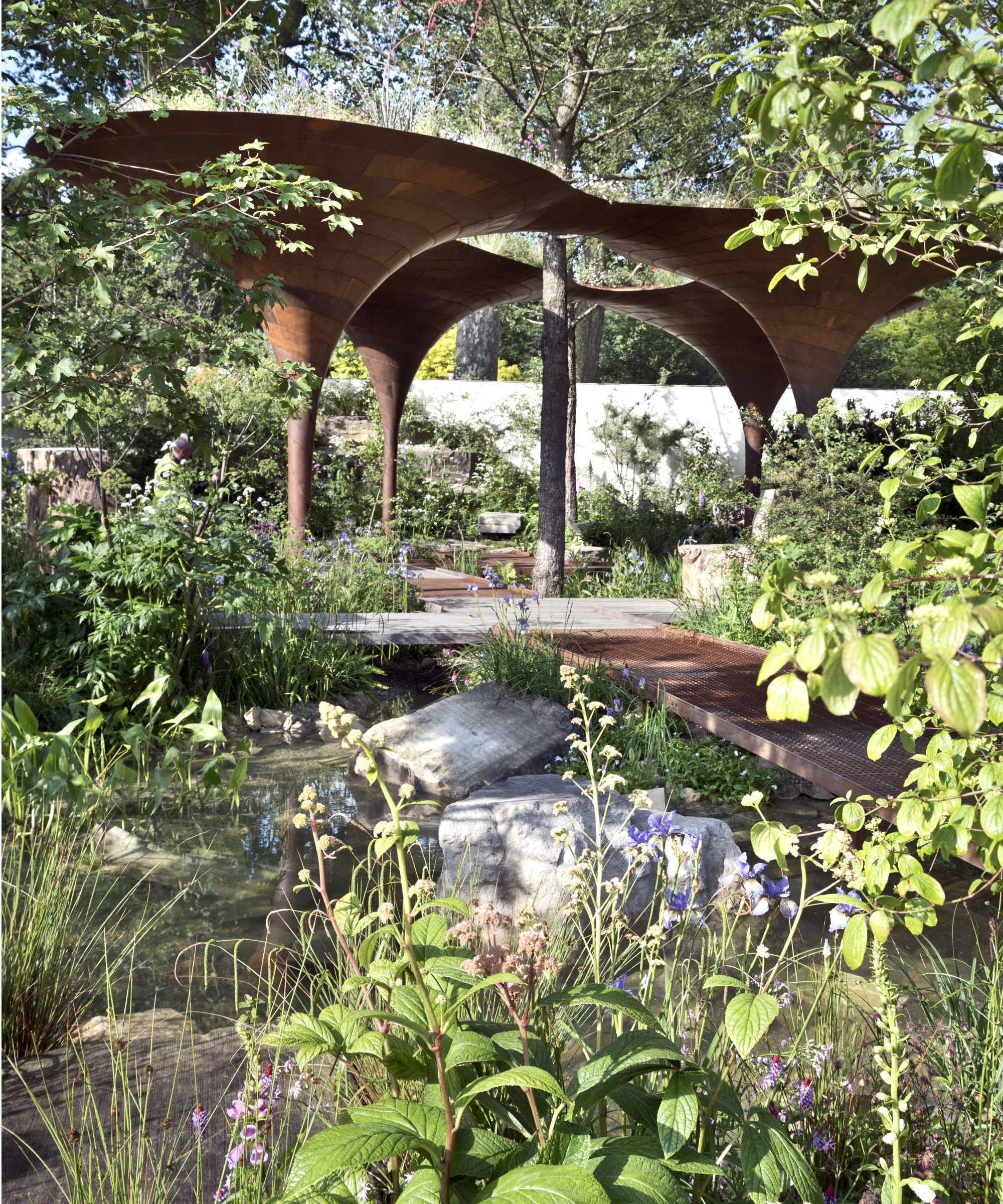
Waterlogging and poor drainage are common problems for many gardeners. During periods of heavy rainfall, it can be frustrating to have to endure weeks or even months of soggy, saturated borders, patios and lawns. One natural and effective solution for this perennial problem is to learn how to create a rain garden.
Rain gardens are a simple landscaping idea whereby runoff is directed and captured in a shallow basin. This allows water to slowly soak away in a designated area, which can prevent flooding in backyards. The good news is that rain gardens are relatively straightforward to install. As long as you are prepared to roll up your sleeves and get digging, this practical drainage solution can quickly solve garden problems.
So, if you suffer from poor drainage in your yard and are looking for a sustainable landscaping project that can help, why not consider learning how to create a rain garden? Here, one garden expert shares four simple and cost-effective steps that can guarantee success.
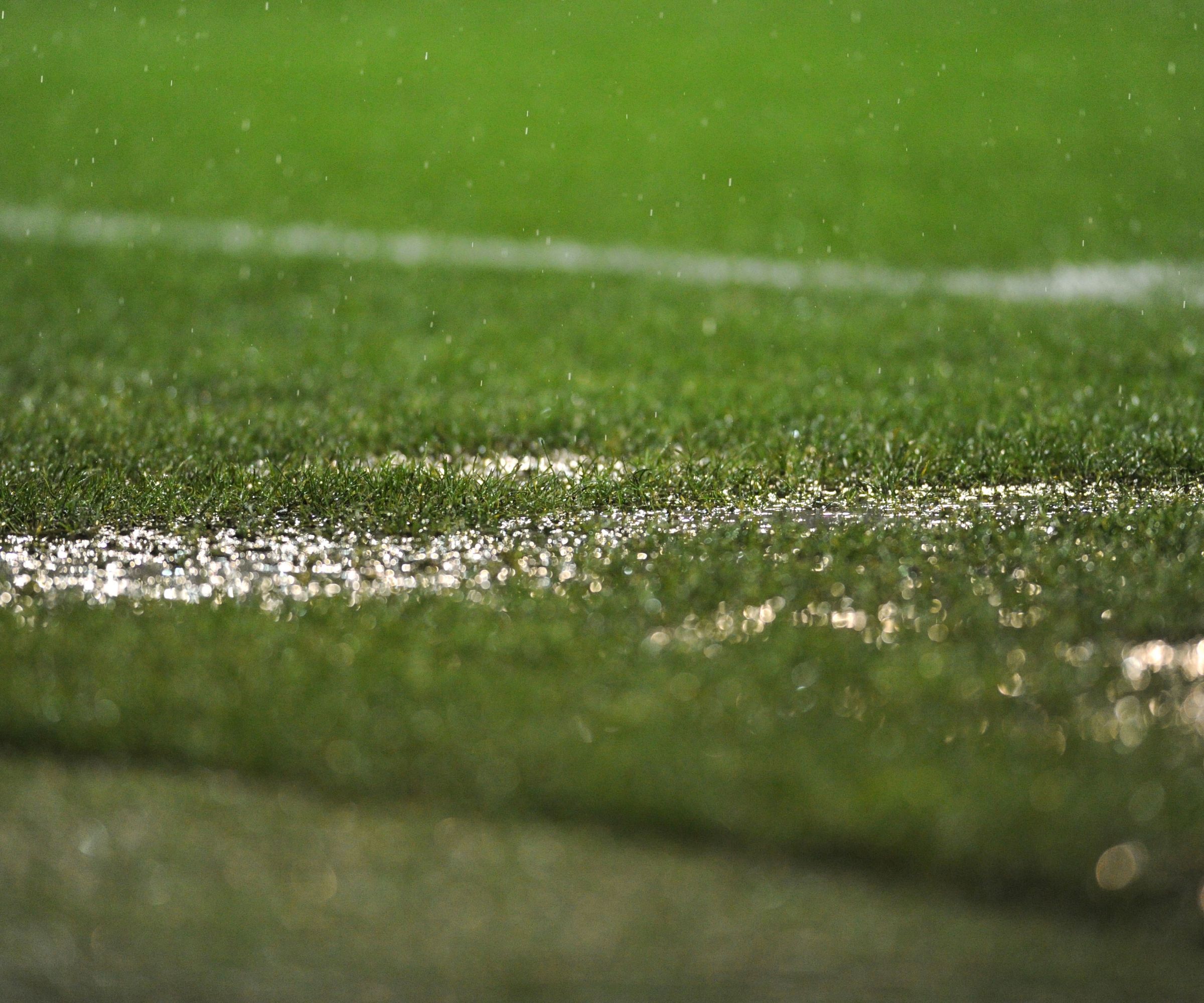
How to create a rain garden in four steps
If you suffer from waterlogged soil, there are a handful of DIY projects that can help to improve drainage. Learning how to landscape a backyard with a rain garden is one such idea whereby the natural flow of rainwater is redirected to a shallow basin that can safely store the water and allow it to drain away.
This low-maintenance and cost-effective garden drainage idea should be a consideration for any homeowner with overly wet borders or lawns. Here's how to create a rain garden yourself in four simple steps.
1. Choose the right location
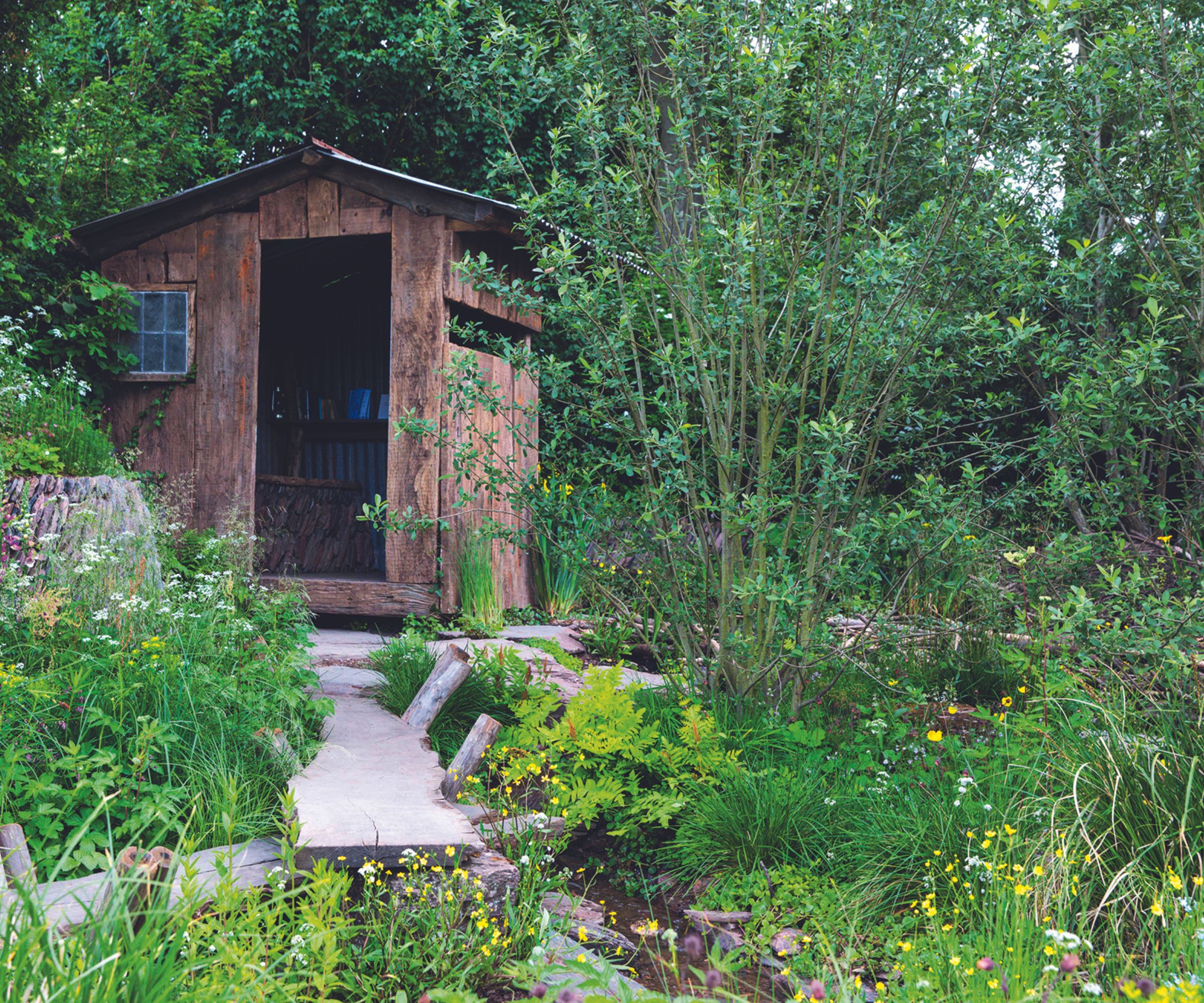
'The best spot for a rain garden is a low-lying area in your yard that naturally collects rainwater,' says Reese Robbins, garden expert and creator of Just Pure Gardening.
'If you are unsure, wait until a wet day and observe where there is waterlogging. This might be near a downspout, driveway or patio, as hard landscaped areas tend to be impermeable, thus meaning water cannot drain easily,' Reese says.
You should choose somewhere that is at least 10 feet or more from your house, as sending water in the direction of home foundations is not a good idea. Ideally, you want to mark out an area as far from your home as possible.
'Once you have found the right location, use sand to mark out an oval or round shape,' Reese advises. 'Then, test the site by removing a small amount of earth before using a hose to fill the new shallow basin. If it drains within 24 hours, it is a great spot for a rain garden. If there is still pooling water after one day, you might need to spend more time improving the soil drainage.'
For more information, take a read of Rain Gardens: Sustainable Landscaping for a Beautiful Yard by Lynn M. Steiner (available from Amazon).
2. Dig a shallow basin

'When you are happy with the location and shape, it is time to get digging,' Reese says. 'All you need is a spade and a fork, two of the most essential gardening tools that you will have in your shed. Just be sure to sharpen and clean them regularly.
'A rain garden should be about 6 to 12 inches deep with sloped edges that redirect water flow and allow it to absorb gradually into the soil,' Reese says. 'Shape the basin with a gentle gradient that blends naturally into your landscape. You don't want the rain garden to look man-made or too square, so keep it natural.
'If your yard has heavy clay soil, consider digging a deeper pit and use a thick gravel layer at the bottom to aid drainage. While simple, this DIY drainage solution can have impressive results.'
Gravel sacks are available from Walmart.
If you are building your own rain garden this year, you will need a heavy-duty spade to get the job done.
These long leather gloves will protect your hands and forearms when landscaping in your yard.
This organic mulch is the final step when building a rain garden. Apply a thick during the first few months.
3. Use moisture-loving plants
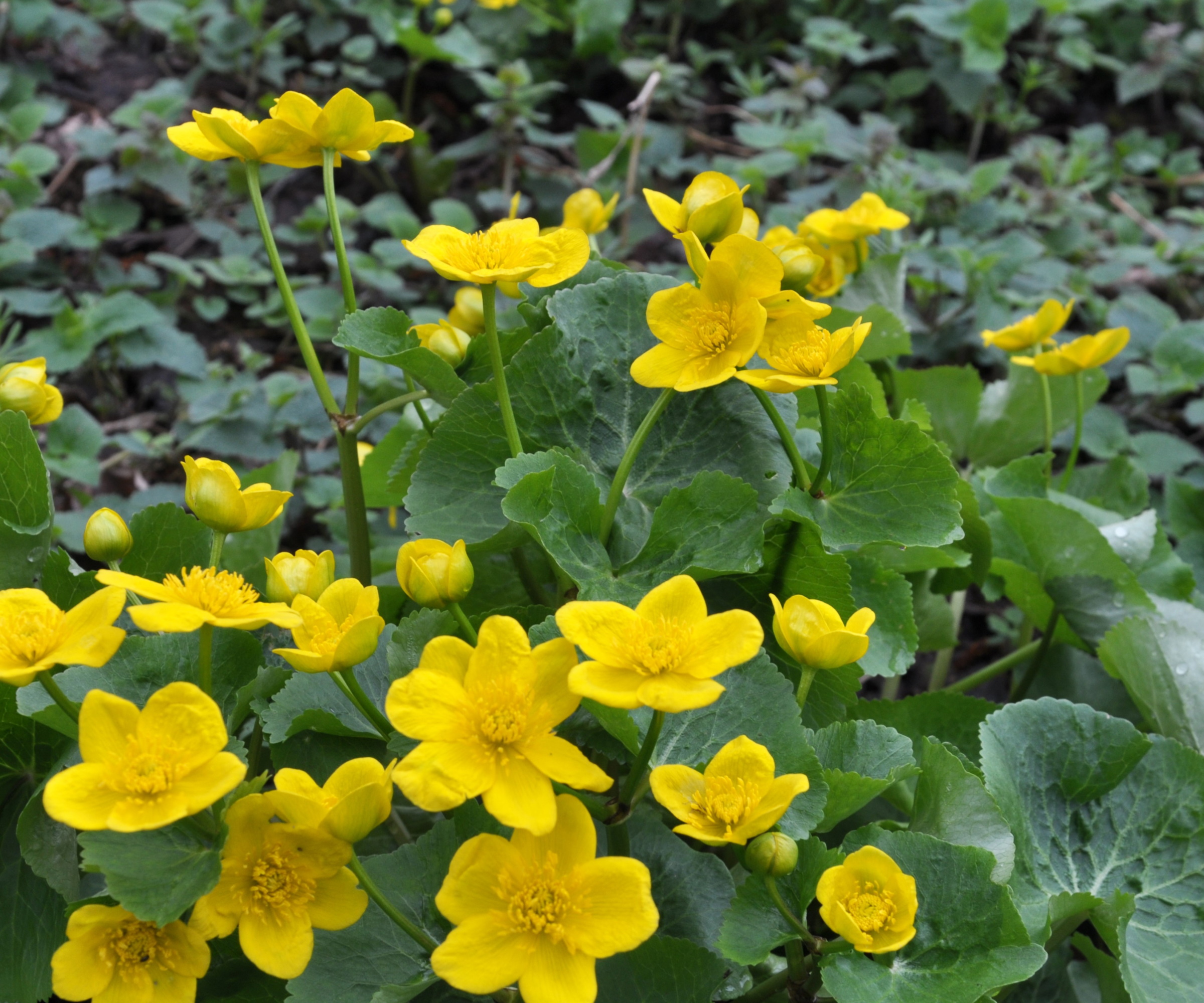
Since rain gardens fluctuate between waterlogging in fall and winter and drought in summer, choose ditch plants that can handle both extremes. Ditch plants are tough species that are some of the best plants for wet soil while also thriving in hot, dry months.
'Opt for native plants that are well suited to your US hardiness zone and soil but are also known to support wildlife,' Reese says. 'For example, the North American switchgrass, or Panicum virgatum, can be grown almost anywhere, much like the blue flag iris, Iris versicolor, that can be found in wetlands across the US.' Blue flag iris seeds are available from Amazon.
'For pollinators, try growing cardinal flowers, or Lobelia cardinalis, or try growing Joe Pye weed, Eutrochium purpureum, which butterflies love. You could also use goldenrod, Solidago spp., for that wild meadow aesthetic too.'
Whatever plants you decide on, be sure to water them during their first year to help them establish as rain garden plants. After this time, they should be able to fend for themselves.
4. Mulch and maintain
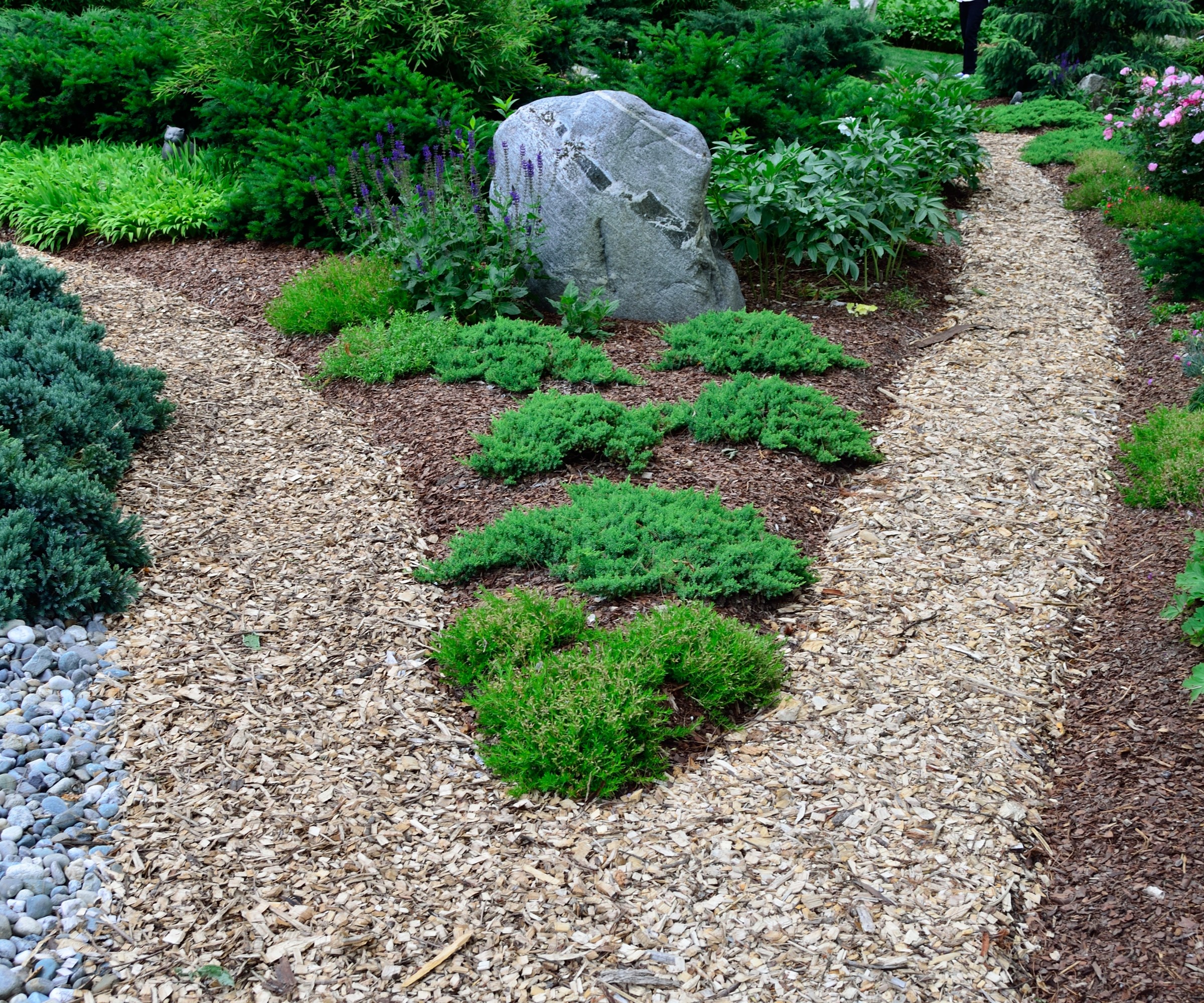
'Once you have dug out your basin, you are happy with the slope and you have incorporated planting, you can finish the rain garden with a good thick layer of mulch,' Reese says.
'Adding a two to three-inch layer of gravel, shredded bark or wood chips to help retain moisture and suppress weeds. Avoid lightweight mulch, like straw or fine bark, which can wash away in heavy rain.'
FAQs
What are the best native marginal plants for a rain garden?
There are many native marginal (or shallow water) plants that can thrive at the edge of rain gardens and look good in the process. Why not try growing marsh marigold, Caltha palustris, which is native to much of the Northern Hemisphere, or use water plantain, Alisma Plantago, along the perimeter of your rain garden, for a wild, natural aesthetic.
If you have a greenhouse or conservatory that causes patios or pathways to pool in water, you could guide runoff into your rain garden by using discreet pipes or small trenches, which can reduce waterlogging in particularly damp areas of the yard. If you have a large plot, however, it will be worthwhile seeking professional help.
For more drainage inspiration, see our guide on how to use a French drain in your yard this year, for another DIY solution that can ease waterlogging.







